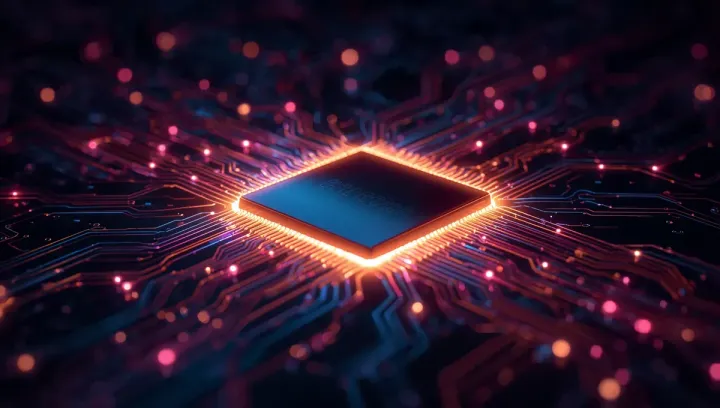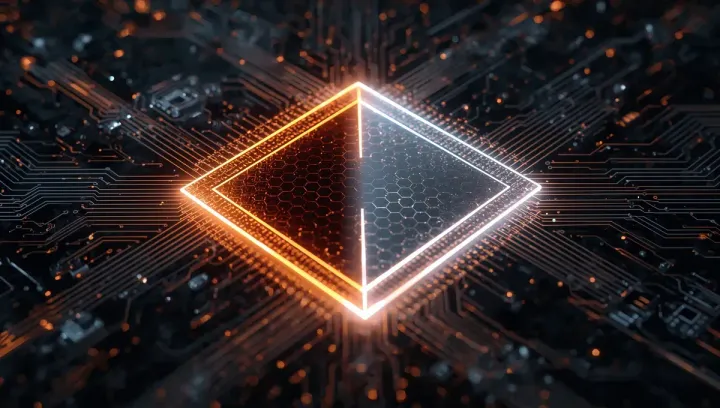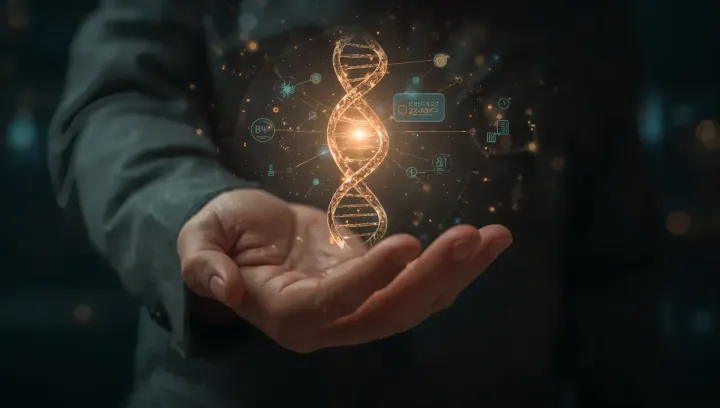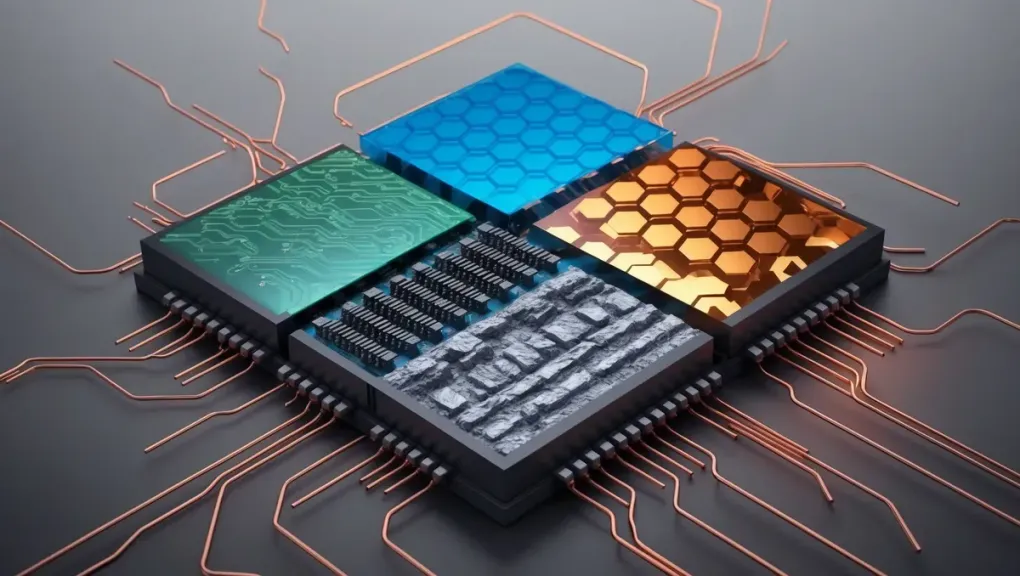
Future Chips: A Brain-Friendly Guide (Part 2) - The New Super-Materials
The City is Getting Crowded
In the last part, we imagined a microchip as a tiny city made of silicon. The problem? This city is getting overcrowded. We’re trying to cram so many buildings (transistors) into such a small space that things are starting to get hot, slow, and inefficient.
Silicon, our loyal ‘brick’, has served us well, but we’re hitting its physical limits. To build the future, we need new building materials.
It’s time to meet the superheroes of the material world.
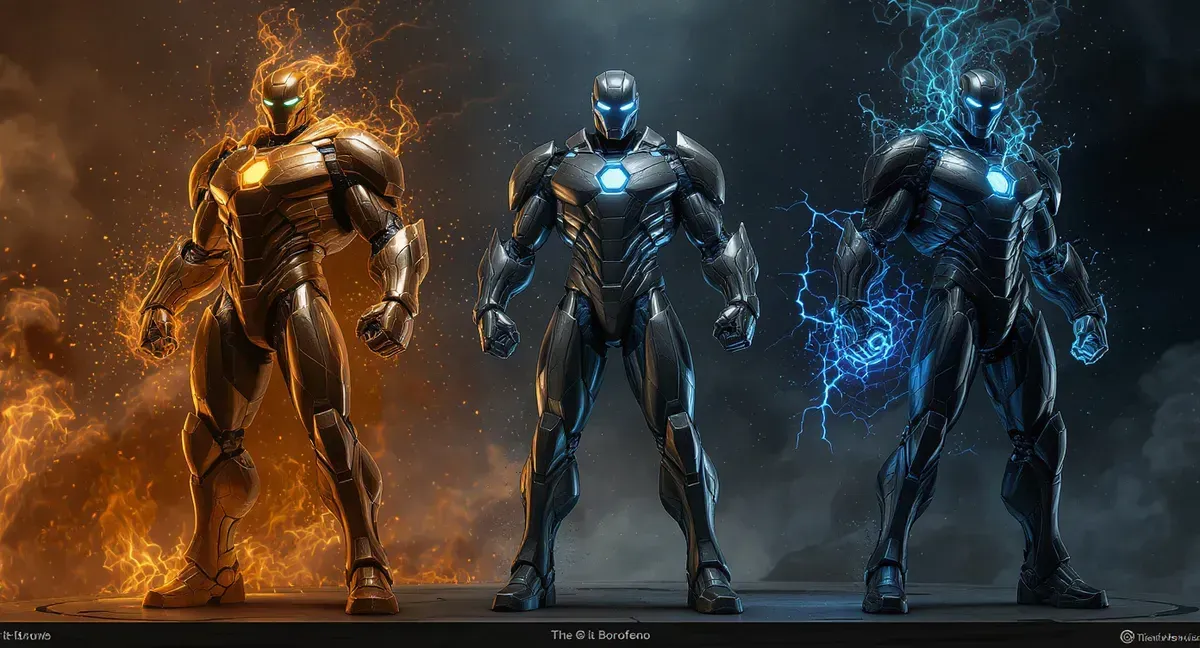
Graphene: The Invincible Sheet
Imagine a sheet of paper so thin it has the thickness of a single atom. Now, imagine that this sheet is 200 times stronger than steel. It sounds like science fiction, but it was first isolated in 2004 by two scientists using a surprisingly simple tool: Scotch tape! They used the tape to peel off layers from a block of graphite (the same stuff in your pencil) until they were left with a single, atom-thin layer.
That’s Graphene.
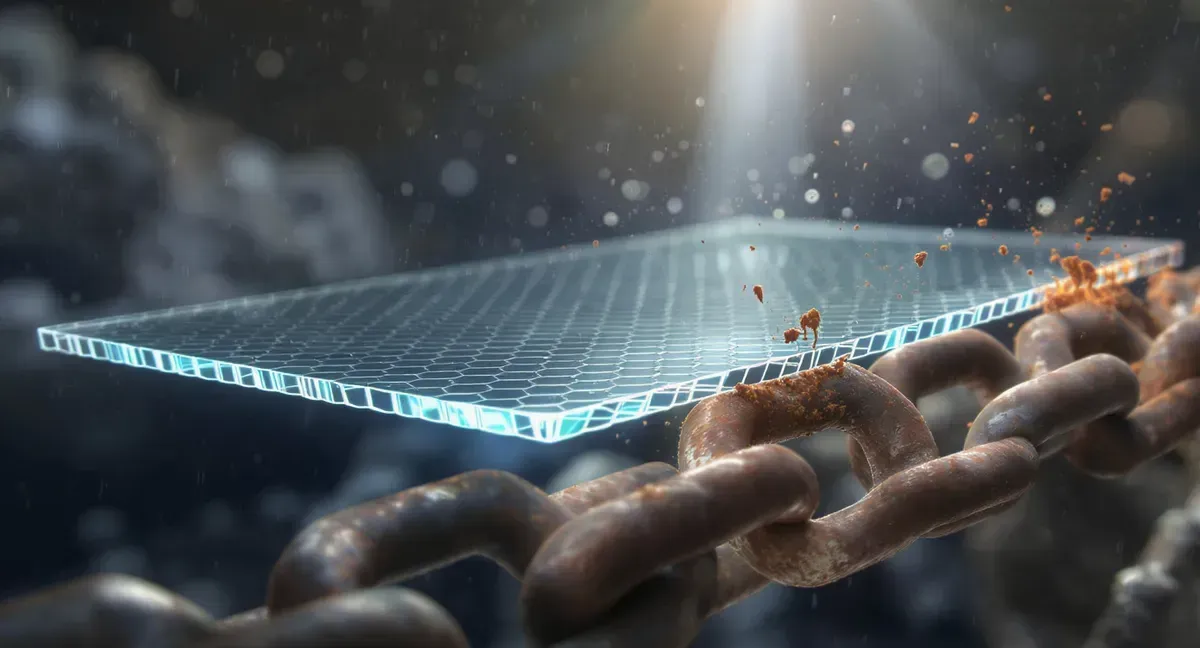
- Superpowers: Besides its strength, it’s so thin that it’s practically transparent (97.7% transparent, to be exact). Its main power is speed. Electrons move through it so fast that it can switch on and off trillions of times per second.
- What it means for you: Chips made with graphene could be incredibly faster and more energy-efficient. Think of a phone that barely gets warm and whose battery lasts for a week, or internet speeds that make today’s fiber optics look like dial-up.
Borophene: The Flexible Superconductor
If Graphene is the super-strong hero, Borophene is its super-flexible cousin. Predicted by theorists in the 1990s, this material was so difficult to create that it was only synthesized in a lab in 2015. It’s a single layer of boron atoms, and it’s full of surprises.
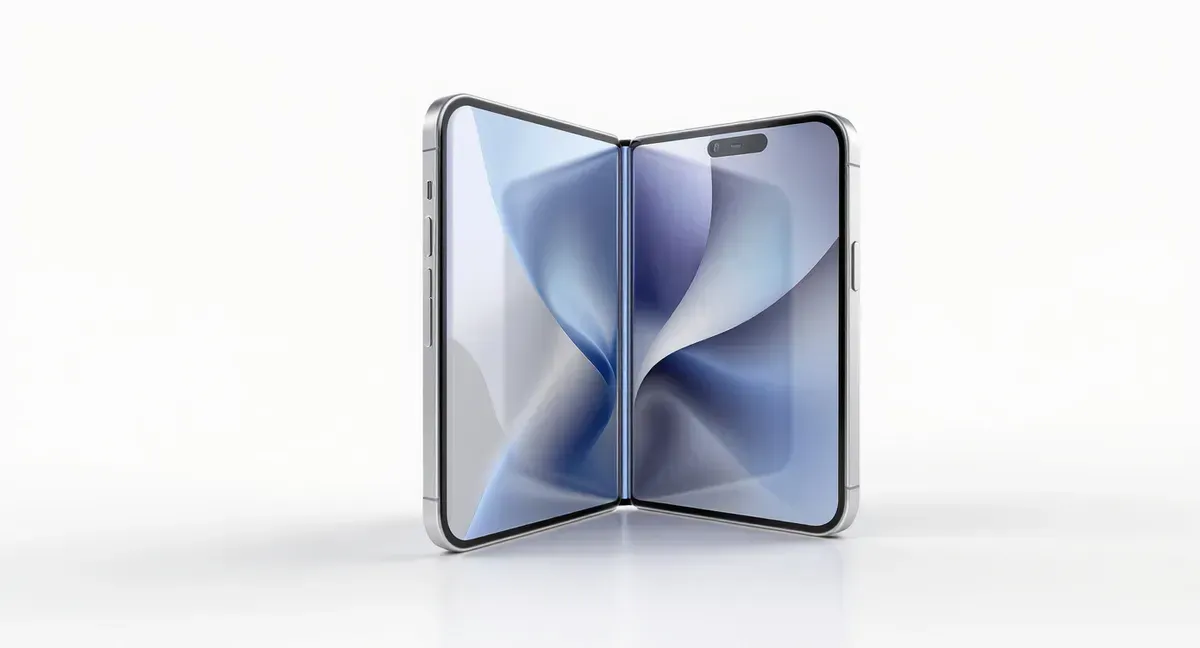
- Superpowers: Its main talent is extreme flexibility, perfect for electronics you can bend and twist. But it has other tricks: it’s a potential superconductor (meaning it can conduct electricity with zero resistance) and is amazing at storing hydrogen, which could be a clean fuel for the future.
- The Kryptonite: But every hero has a weakness. Borophene is highly reactive and degrades quickly when exposed to air. Scientists are currently working on ways to protect it and make it more stable.
- What it means for you: This is the material that will make truly revolutionary gadgets possible. Phones you can fold into a tiny square, TVs you can roll up like a poster, and even more powerful batteries for electric cars.
Black Phosphorus: The Tunable Switch
Our last hero is a bit different. Its structure looks like a puckered honeycomb, and a single, atom-thin layer of it is called phosphorene.
Black Phosphorus is the master of light.

- Superpowers: Its greatest power is being “tunable.” Imagine a guitar that you can tune to play different notes. Black Phosphorus can be tuned to interact with different colors of light, especially in the infrared spectrum. This makes it a master of communication, able to turn light into electrical signals (and vice versa) with incredible speed.
- Surprising Application: And here’s a twist: it’s being explored for use in medicine! Because it’s biodegradable (it dissolves into harmless phosphates in the body), it could be used to deliver drugs directly to cancer cells, releasing the medicine and then safely disappearing.
- What it means for you: This is a key material for the next generation of communication and sensors. It could lead to cameras that can see in the dark and medical devices that detect diseases at the earliest stages.
In the next part, we’ll dive deep into this idea of using light. What happens when we build chips that run on photons instead of electrons? Get ready for Photonics!
References:
- Graphene (Nature):
- Borophene (ScienceDirect):
- Black Phosphorus (Nano Letters Review):
